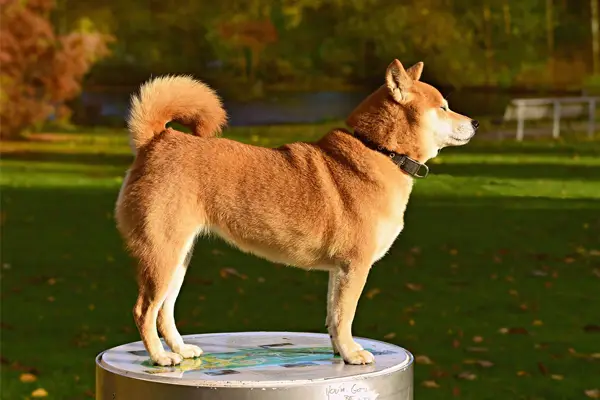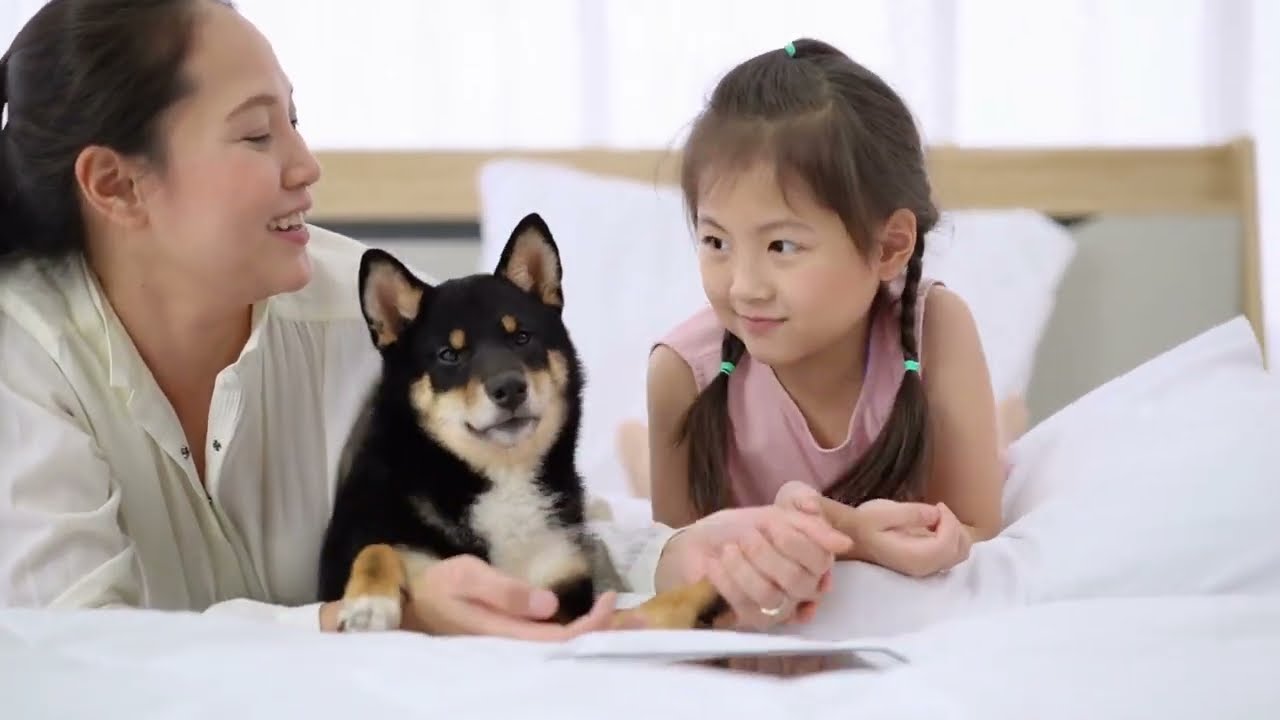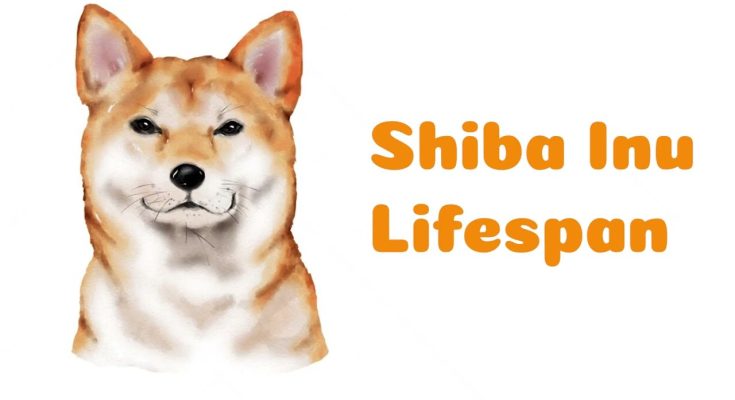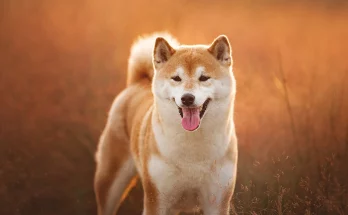Shiba Inu, a popular and adorable breed of dog, has captured the hearts of dog enthusiasts worldwide. As a potential owner or someone curious about this breed, it’s essential to understand various aspects of their care, including their lifespan. In this article, we will delve into the topic of Shiba Inu lifespan, exploring factors that influence their life expectancy and providing valuable insights to help you ensure a long and healthy life for your furry companion.
What is the Average Lifespan of a Shiba Inu?

Understanding the typical lifespan of a Shiba Inu is crucial for responsible pet ownership. On average, a Shiba Inu can live between 12 and 16 years. However, it’s important to note that individual dogs may live shorter or longer lives depending on various factors such as genetics, diet, exercise, healthcare, and overall quality of life.
Factors Influencing Shiba Inu Lifespan
- Genetics and Breed Heritage:
- Genetic predispositions play a significant role in a Shiba Inu’s lifespan. Responsible breeders strive to produce puppies from healthy parents with minimal hereditary health issues.
- Generally, purebred dogs tend to have more predictable lifespan ranges compared to mixed-breed dogs due to selective breeding practices.
- Diet and Nutrition:
- Providing a well-balanced and nutritious diet is key to promoting a Shiba Inu’s longevity. A high-quality dog food formulated to meet their specific nutritional needs is recommended.
- Avoid overfeeding or underfeeding, as maintaining a healthy weight is crucial to prevent obesity-related health problems that can shorten their lifespan.
- Exercise and Mental Stimulation:
- Regular exercise and mental stimulation are vital for a Shiba Inu’s overall well-being and lifespan. Engage them in daily activities such as walks, playtime, and training sessions to keep them physically and mentally active.
- Veterinary Care and Preventive Measures:
- Routine veterinary check-ups, vaccinations, parasite prevention, and dental care are essential for maintaining your Shiba Inu’s health and detecting any potential issues early.
- Spaying or neutering your Shiba Inu can also contribute to their overall well-being and help prevent certain reproductive-related diseases.
- Environmental Factors:
- A safe and nurturing environment is crucial for a Shiba Inu’s lifespan. Provide them with a secure living space, protection from extreme temperatures, and minimize exposure to harmful substances or hazards.
Common Health Concerns and Longevity

While Shiba Inus are generally considered a healthy breed, they may be prone to certain health conditions that can impact their lifespan. It’s important to be aware of these potential concerns and take appropriate measures to mitigate them:
- Patellar Luxation:
- This condition refers to the displacement of the kneecap and can affect some Shiba Inus. Regular veterinary examinations can help identify this issue, and surgical intervention may be required in severe cases.
- Hip Dysplasia:
- Although not as common in Shiba Inus compared to larger breeds, hip dysplasia can still occur. Responsible breeding practices and proper nutrition can help reduce the risk of developing this condition.
- Allergies:
- Shiba Inus can be prone to allergies, including food allergies and environmental allergies. Identifying and managing these allergies with the guidance of a veterinarian is crucial for their well-being.
- Eye Issues:
- Certain eye conditions like glaucoma, cataracts, and progressive retinal atrophy (PRA) can occur in Shiba Inus. Regular eye check-ups and prompt treatment are necessary to maintain good vision and overall health.
Conclusion

Understanding the lifespan of a Shiba Inu is essential for providing them with the care they need throughout their lives. By considering factors such as genetics, diet, exercise, veterinary care, and environmental factors, you can help ensure a long and fulfilling life for your Shiba Inu companion. Remember, responsible pet ownership includes not only meeting their physical needs but also showering them with love, attention, and a safe, nurturing environment. Cherish the moments spent with your Shiba Inu and create unforgettable memories together.




